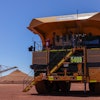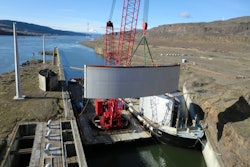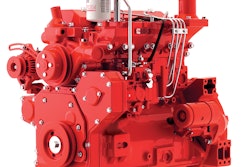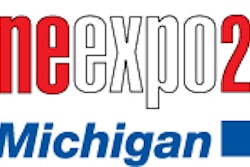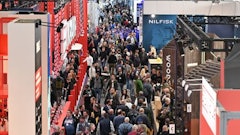Channels-to-market are extremely important in the U.S. construction and mining machinery market. The most important channel has been locally based equipment distributors. This is the primary way equipment is sold. The largest manufacturers have been able to maintain oligopoly control of the market by controlling their equipment distribution channel. The five largest manufacturers have successfully developed distribution networks that are bound to them in exclusive distribution agreements. Distributor exclusivity is a substantial barrier to entry for foreign companies attempting to enter the U.S. market.
The rental channel has become an important channel-to-market for construction machinery manufacturers ever since national rental companies, such as Hertz, RSC, United Rentals, and others began consolidating what was once a very fragmented market. I estimate that in recent years 35% to 40% of the smaller sizes of earthmoving equipment have been sold to national rental companies. The emergence of the rental channel appears to be a boon to new companies entering the market, but it has not worked out that way for two reasons. First, the national rental companies rely on manufacturers’ distributors for service and parts support. Second, rental companies are very concerned about the residual value of the brands they purchase. They generally keep machines in their fleets for 36 to 48 months, after which the machines are sold to their customers or at auctions. Therefore, a manufacturer must have a high residual value track record in order to be attractive to a rental company. Manufacturers new to the market with little or no residual value track record will not to be considered as a supplier.
Availability of manufacturing facilities can be another barrier to market entry. Large earthmoving machines are expensive to ship from overseas. Establishing a U.S. manufacturing presence is one way to shorten the supply chain distance. However, facilities to build this machinery are unique, expensive to build, and even more expensive to sell if the market entry isn’t successful. Therefore, foreign manufacturers are faced with long and expensive supply chains that make it difficult to provide customers with machines accessorized the way they want them.
Engine emissions have become a more recent barrier to entry. For the past 10 years the U.S. Environmental Protection Agency (EPA) has been implementing diesel engine emission regulations that make it expensive and difficult for manufacturers to comply. Foreign manufacturers usually must purchase engines from U.S. suppliers, ship them to their overseas manufacturing plant for installation, and then ship the assembled machines to the U.S., which is an all around expensive way to build machines. The necessity to install low emission engines in machines sold in the U.S. reduces the price advantage foreign manufacturers have.
There are a number of possible solutions to the dilemma foreign manufacturers have who want to enter the U.S. including purchasing a U.S. manufacturer, such as the Korean manufacturer Doosan’s purchase of Bobcat, or Manitou, the French manufacturers’ purchase of Gehl Company, but I believe the one discussed here is the most viable. Foreign manufacturers have found the U.S. market to be particularly difficult to enter. Is the U.S. market closed to foreign competitors? Put another way, how can foreign competitors enter the U.S. market? Just as my conclusion prompted the question of how have a few manufacturers managed to maintain their market dominance over such a long period of time, I believe my conclusion also points to an answer as to how foreign manufacturers can enter the U.S. market.
The only successful market entries by foreign companies have been accomplished by those companies establishing a joint venture with a U.S. producer and then eventually buying out the U.S. partner. The foreign manufacturers were thus able to acquire an existing distributor network and in some cases manufacturing facilities as well. However, as foreign manufacturers eye the U.S. market and determine there are few if any potential manufacturer partners available and therefore few if any distributor organizations that they can acquire, they will conclude that partnering with or purchasing a rental company is the only feasible entry method. Partnering with or purchasing a rental company will give them immediate national geographic coverage, large annual machine sales, and exposure to a very large group of customers.




